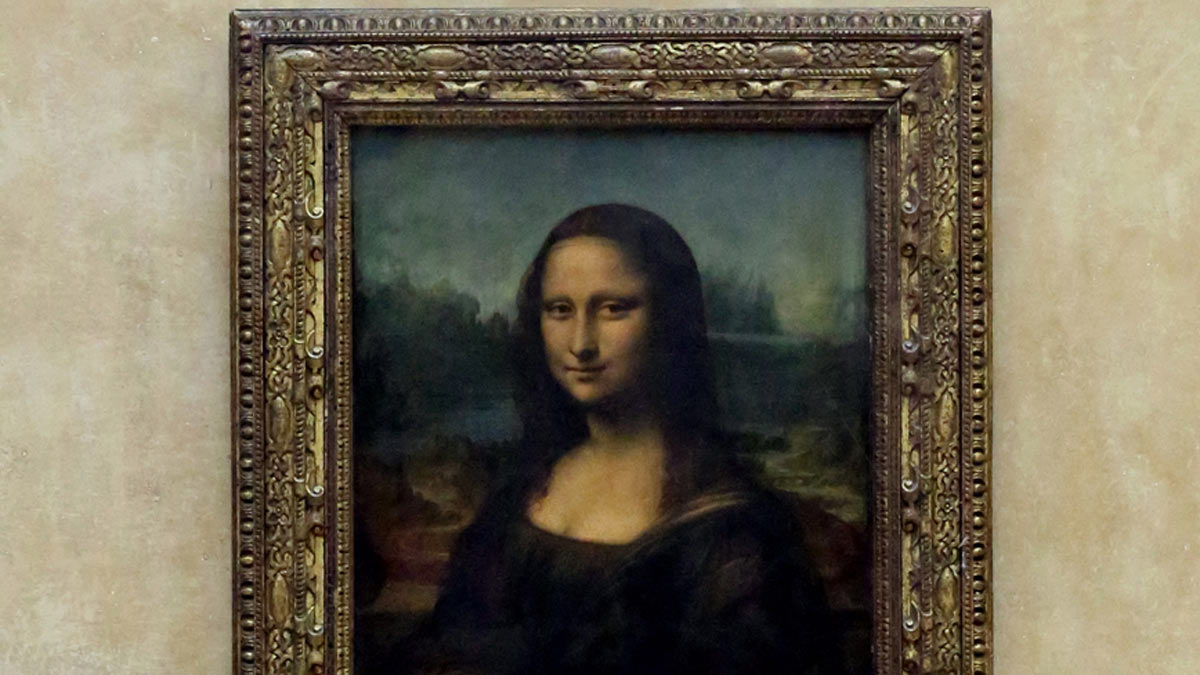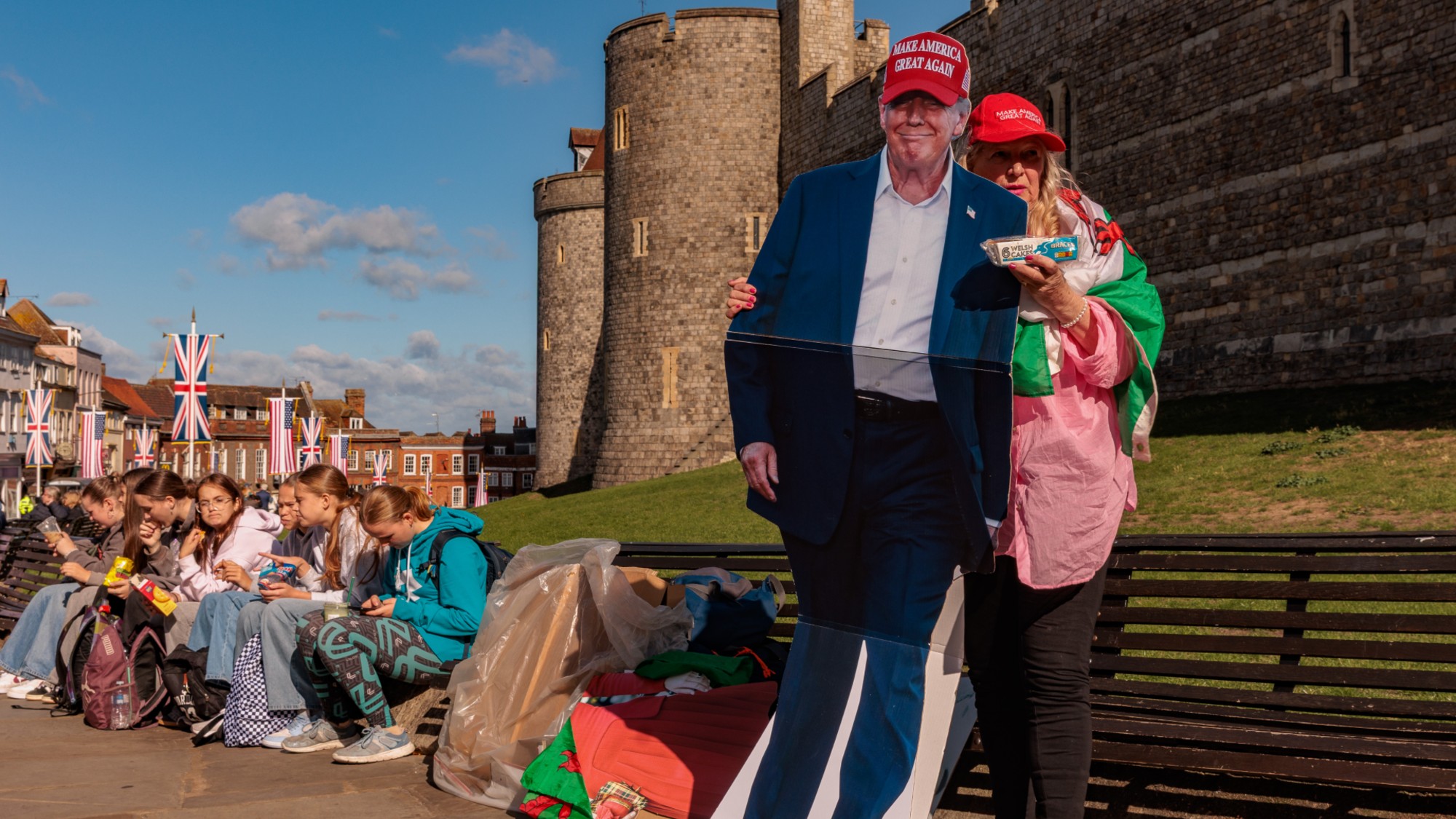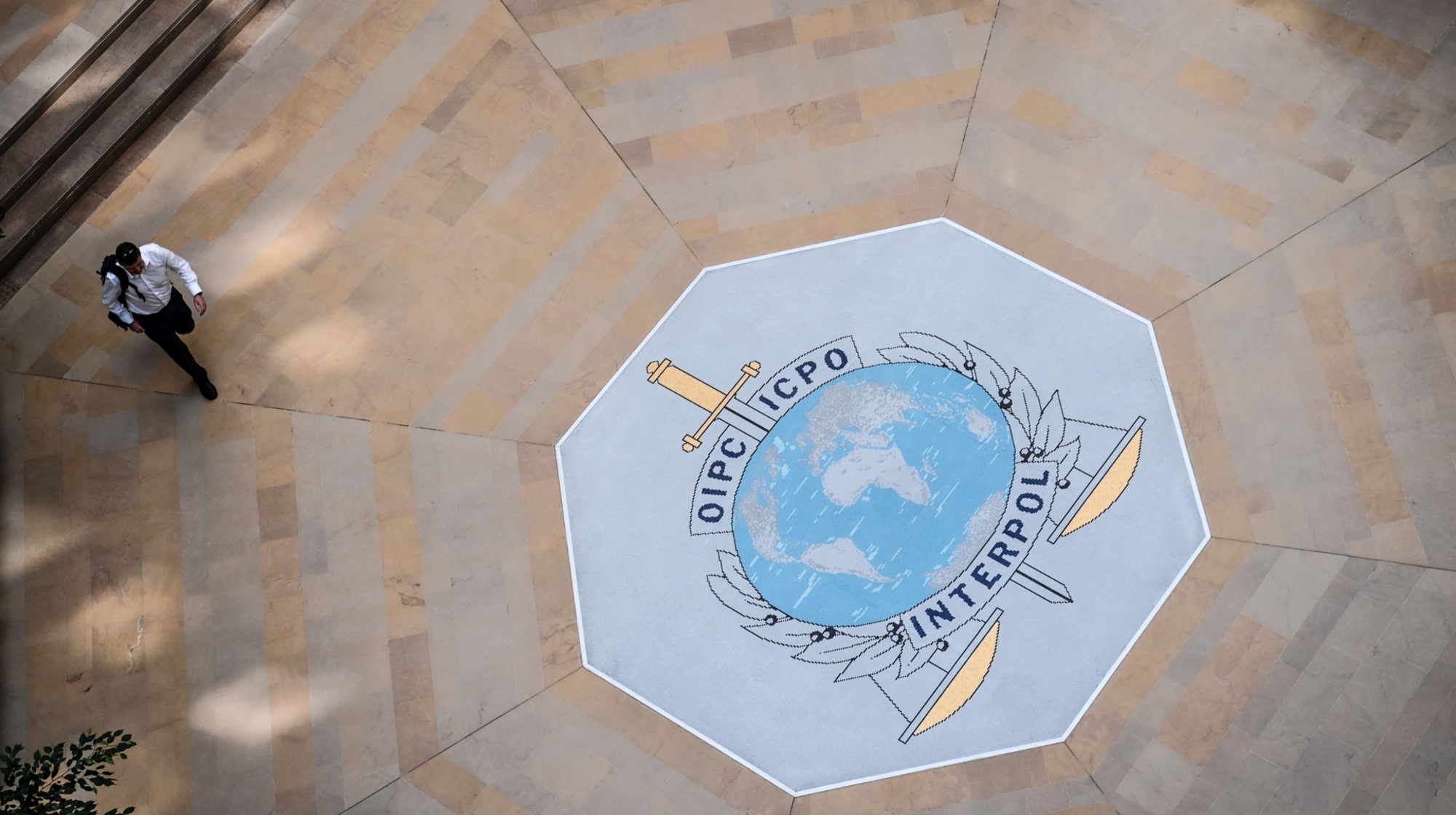Has the real Mona Lisa been found?
Italian historians believe remains found in a Florence convent are Da Vinci's famous model

Researchers working in Italy believe they have found the remains of the woman who posed for Leonardo Da Vinci's Mona Lisa, famed for her enigmatic smile.
The model is believed to be Italian noblewoman Lisa Gherardini del Giocondo. Carbon testing has shown that a collection of bones, recently exhumed from Florence's Sant'Orsola convent, date back to the time that Gherardini died.
Head researcher Silvano Vinceti, who leads the National Committee of Historic, Cultural and Environmental Heritage, told the Daily Mail it is "very likely" the remains belong to Gherardini.
The Week
Escape your echo chamber. Get the facts behind the news, plus analysis from multiple perspectives.

Sign up for The Week's Free Newsletters
From our morning news briefing to a weekly Good News Newsletter, get the best of The Week delivered directly to your inbox.
From our morning news briefing to a weekly Good News Newsletter, get the best of The Week delivered directly to your inbox.
"There are converging elements, above and beyond the results of the carbon-14 tests, that say we may well have found Lisa's grave," he said. "I'm speaking of historical, anthropological and archeological analyses that have been carried out very rigorously. The odds that the bones belong to her are extremely high."
However, Vinceti's team have been stymied by the degradation of not only Gheradini's bones but also those suspected to belong to her children Bartolomeo and Piero, found less than half a mile away in another church.
The team had hoped to match DNA from her children to the new discovery in order to conclusively prove their theory.
Vinceti explained: "The remains of the children that were found in the church of the Santissima Annunziata have been degraded too much by the flooding of the Arno and are not able to provide sufficient DNA for possible comparison tests."
A free daily email with the biggest news stories of the day – and the best features from TheWeek.com
However, the Daily Telegraph reports that even if the bones are proven to belong to Gheradini with future DNA tests, there remains little conclusive evidence that she was definitely the model for the Mona Lisa.
"It has been variously suggested that the famous painting is a self-portrait by Leonardo or a painting of a courtesan or a Spanish noblewoman, or that it could even be based on Salai, his male apprentice and possible lover," says the newspaper.
Vinceti had hoped to find Gherardini's skull and then use forensic techniques to reconstruct her face, comparing the reconstruction with Da Vinci's painting. However, no skull has yet been found.
In America, news of the findings was announced in a puzzling report from Fox News, which mistakenly attributed the Mona Lisa to Leonardo Di Caprio.
-
 Political cartoons for December 6
Political cartoons for December 6Cartoons Saturday’s political cartoons include a pardon for Hernandez, word of the year, and more
-
 Pakistan: Trump’s ‘favourite field marshal’ takes charge
Pakistan: Trump’s ‘favourite field marshal’ takes chargeIn the Spotlight Asim Munir’s control over all three branches of Pakistan’s military gives him ‘sweeping powers’ – and almost unlimited freedom to use them
-
 Codeword: December 6, 2025
Codeword: December 6, 2025The daily codeword puzzle from The Week
-
 Femicide: Italy’s newest crime
Femicide: Italy’s newest crimeThe Explainer Landmark law to criminalise murder of a woman as an ‘act of hatred’ or ‘subjugation’ but critics say Italy is still deeply patriarchal
-
 Brazil’s Bolsonaro behind bars after appeals run out
Brazil’s Bolsonaro behind bars after appeals run outSpeed Read He will serve 27 years in prison
-
 Americans traveling abroad face renewed criticism in the Trump era
Americans traveling abroad face renewed criticism in the Trump eraThe Explainer Some of Trump’s behavior has Americans being questioned
-
 Nigeria confused by Trump invasion threat
Nigeria confused by Trump invasion threatSpeed Read Trump has claimed the country is persecuting Christians
-
 Sanae Takaichi: Japan’s Iron Lady set to be the country’s first woman prime minister
Sanae Takaichi: Japan’s Iron Lady set to be the country’s first woman prime ministerIn the Spotlight Takaichi is a member of Japan’s conservative, nationalist Liberal Democratic Party
-
 Russia is ‘helping China’ prepare for an invasion of Taiwan
Russia is ‘helping China’ prepare for an invasion of TaiwanIn the Spotlight Russia is reportedly allowing China access to military training
-
 Interpol arrests hundreds in Africa-wide sextortion crackdown
Interpol arrests hundreds in Africa-wide sextortion crackdownIN THE SPOTLIGHT A series of stings disrupts major cybercrime operations as law enforcement estimates millions in losses from schemes designed to prey on lonely users
-
 China is silently expanding its influence in American cities
China is silently expanding its influence in American citiesUnder the Radar New York City and San Francisco, among others, have reportedly been targeted